Out on the trail, battery drain, weak GPS signals, and no offline maps can put you at risk. This article shows you the GPS watches that truly matter for hikers—accurate, durable, long-lasting, and built for safety.
Why Choosing the Right GPS Watch for Hiking Matters
When you head into the backcountry, a GPS watch is far more than a fitness tracker,it can directly impact your safety and overall hiking experience. Hikers often run into the same critical problems:
- Insufficient battery life: On multi-day treks where recharging isn’t possible, many standard GPS watches drain within a day or two of continuous use.
- Inaccurate GPS signals: In forests, canyons, or mountains, single-frequency GPS often suffers from multipath errors that lead to track drift.
- Unreliable maps: Once you leave cell coverage, phone apps usually stop working. Without offline maps or a breadcrumb return function on your watch, losing the trail becomes a real risk.
That’s why the right GPS hiking watch must combine precise navigation, offline mapping support, long battery life, and rugged durability.

What to Look for in a GPS Watch for Hiking
GPS Accuracy in Mountains and Forests
GPS accuracy is not just about recording a neat track—it’s a matter of safety. In dense forests, steep valleys, or rocky terrain, single-band GPS devices are prone to multipath errors that can shift your position by tens of meters. For a hiker, this could mean missing a junction or heading down the wrong trail.
Research in the ResearchGate shows that multi-frequency GNSS can reduce positioning errors by about 40% compared to single-frequency systems in challenging terrain.
This is why choosing a watch with dual-band, multi-satellite support (GPS, GLONASS, Galileo, BeiDou) is increasingly essential for serious hikers.
Battery Life for Multi-Day Treks
Battery life determines whether your GPS watch is a reliable tool or just extra weight. On multi-day hikes, you often don’t have access to power for recharging. If your watch only lasts 24–30 hours in GPS mode, it will fail before you finish your trek.
In a 2024 Backpacker Magazine survey, over 60% of long-distance hikers listed battery life as their number-one criterion when buying a GPS watch.
Scientific data confirms the challenge: lithium-ion cells lose up to 40% of their effective capacity at –20 °C (Journal of Power Sources, 2023). This explains why many hikers report significantly shorter runtimes in cold conditions than official specs suggest.
Reliable Offline Maps for Signal-Free Hiking
Cell coverage often disappears once you move deep into the backcountry, making offline maps and route tracking the most critical safety feature of a hiking GPS watch. Without them, even the most accurate GPS chip cannot help you find your way back.
Testing from Outdoor Gear Lab (2024) highlights that over 70% of users rely on their GPS watch for navigation when phone service is unavailable.
Similarly, The Great Outdoors emphasized that watches with breadcrumb return and full offline topo maps provide a much higher chance of safe navigation compared to models that only record tracks.
Durability and Environmental Resistance
Outdoor conditions are brutal: watches are exposed to rain, snow, dust, mud, impacts, and temperature swings. Without adequate protection, even high-end electronics can fail at the worst possible time.
Outdoor Life’s 2024 cold-weather gear test found that models certified to MIL-STD-810H and rated for 10ATM water resistance were far more reliable, maintaining functionality through drops, immersion, and freezing conditions.
In contrast, consumer smartwatches without rugged certifications often suffered screen failures or GPS signal loss.
Balancing Cost and Core Hiking Features
Premium GPS watches can cost upwards of $600, but not every hiker needs the full ecosystem of smart features they offer. What truly matters is whether the watch provides accurate GPS, dependable battery life, durable construction, and reliable navigation tools.
Outdoor Gear Lab’s 2024 GPS watch comparison concluded that the best value models are not the most expensive, but the ones that maximize battery, accuracy, and durability for the price.
Likewise, Backpacker Magazine’s reader survey found that most hikers prioritized core features—battery and navigation—far above extras like app ecosystems or wrist-based payments.
Best GPS Watches for Hiking in 2025
Garmin Fenix 7: The Benchmark for All-Around Hiking
Pros
- Excellent topo mapping and route navigation
- Dual-frequency GNSS for precise tracking
- Solar-assisted charging extends life
- Rich companion app and third-party ecosystem
- Rugged build with 10ATM water resistance
Cons
- Expensive compared to rivals
- Heavier than most alternatives
The Garmin Fenix 7 is widely considered the reference point for GPS hiking watches. It combines accuracy, durability, and an expansive feature set that appeals to professional hikers and mountaineers.
Equipped with dual-frequency GNSS, it locks onto satellites quickly and maintains stable connections in forests and canyons. Outdoor Gear Lab noted its superior satellite lock time and minimal drift compared to mid-tier models. With preloaded maps and solar-assisted charging, it excels on long expeditions.
Battery performance is also strong: up to 57 days in smartwatch mode with solar, or several days of continuous GPS tracking. While its bulk may feel overkill for casual users, those planning multi-day treks or alpine climbs will appreciate its dependability.
KOSPET TANK T4
KOSPET TANK T4 – Rugged GPS Hiking Watch
- Dual-band, six-system GNSS
- 10ATM IP69K water and dust resistance
- Military-grade durability (MIL-STD-810H)
- 15–20 days of typical use, multi-day GPS runtime
- Affordable price point under $200
The KOSPET TANK T4 is built for hikers who value endurance and toughness without premium pricing. Its official specs list up to 20 days in smartwatch mode and multiple days of GPS tracking, making it a practical choice for budget-conscious trekkers.
The dual-frequency GNSS provides accurate route data, while 10ATM/IP69K ratings ensure resilience against water, dust, and impacts.
For hikers who need reliability at an accessible price, the T4 delivers a rugged package, though it lacks the software polish and rich ecosystem of Garmin or Suunto.
Suunto 9 Peak Pro: Endurance Leader in Harsh Environments
Pros
- Industry-leading 300 hours in GPS mode
- Lightweight, slim form factor (64 g)
- Excellent cold-weather battery performance
- Strong durability with 10ATM rating
- Accurate altimeter and compass functions
Cons
- Fewer smart features than Garmin
- Software ecosystem less intuitive
Its slim, lightweight design makes it comfortable for extended wear, while navigation features like breadcrumb trails and route guidance give hikers confidence in remote terrain. Though it lacks the app depth of Garmin, for pure endurance and environmental toughness, it’s hard to beat.
Coros Vertix 2: A Value Pick for Expedition Travelers
Pros
- 140 hours of continuous GPS use
- Strong GNSS performance in remote areas
- Affordable compared to Garmin
- Sturdy construction, built for expedition use
- Intuitive interface with essential navigation tools
Cons
- Map visuals less refined
- Interface feels more basic than rivals
The Coros Vertix 2 is designed for hikers who want near-premium performance without the flagship price. Offering up to 140 hours of continuous GPS, it’s well suited for expeditions or extended backpacking trips.
CleverHiker’s 2024 review praised Coros for delivering exceptional battery life and reliable tracking at a lower price point than Garmin. While its maps are less sophisticated and the interface minimalistic, the Vertix 2 delivers exactly what long-distance hikers need: dependable navigation and power that won’t quit after just a couple of days.
Best GPS Hiking Watches: Key Specs Comparison
| Watch | GPS | Battery Life | Weight | Navigation Features |
|---|---|---|---|---|
| Garmin Fenix 7 | Dual-frequency, multi-GNSS | GPS: up to 40 hrs Smart: up to 57 days (with solar) |
79 g | Preloaded topo maps, offline maps, route navigation |
| Suunto 9 Peak Pro | Multi-GNSS, endurance modes | GPS: up to 40 hrs (performance) Saver mode: up to 300 hrs |
64 g | Breadcrumb trail, route guidance, altimeter, compass |
| KOSPET TANK T4 | Dual-frequency, six-system GNSS | GPS: approx. 21–22 hrs Smart: 15–20 days |
80 g | Offline maps (official), dual-band GNSS navigation |
| Coros Vertix 2 | Multi-GNSS, expedition ready | GPS: up to 140 hrs Smart: up to 60 days |
89 g | Offline topo maps, breadcrumb trail, compass, altimeter |
Conclusion
When choosing a GPS watch for hiking, focus on what truly matters on the trail: accurate GPS, dependable battery life, durable construction, and reliable navigation features.
These are the factors that make the difference between a watch that just records your steps and one that keeps you safe and confident in the backcountry.
FAQs
Is a GPS watch better than using my phone for navigation?
Yes. A GPS watch for hiking is more reliable because it has longer GPS battery life, offline maps, and a rugged design that can handle rain, dust, and impact better than most phones.
How accurate are GPS watches for hiking?
Modern hiking GPS watches with dual-frequency GNSS can be accurate within a few meters, even in forests or canyons. Accuracy improves significantly compared to single-frequency models.
What are the main display types for hiking GPS watches?
The two common display types are MIP (memory-in-pixel), which saves battery and is easy to read in sunlight, and AMOLED, which offers brighter colors but consumes more power.

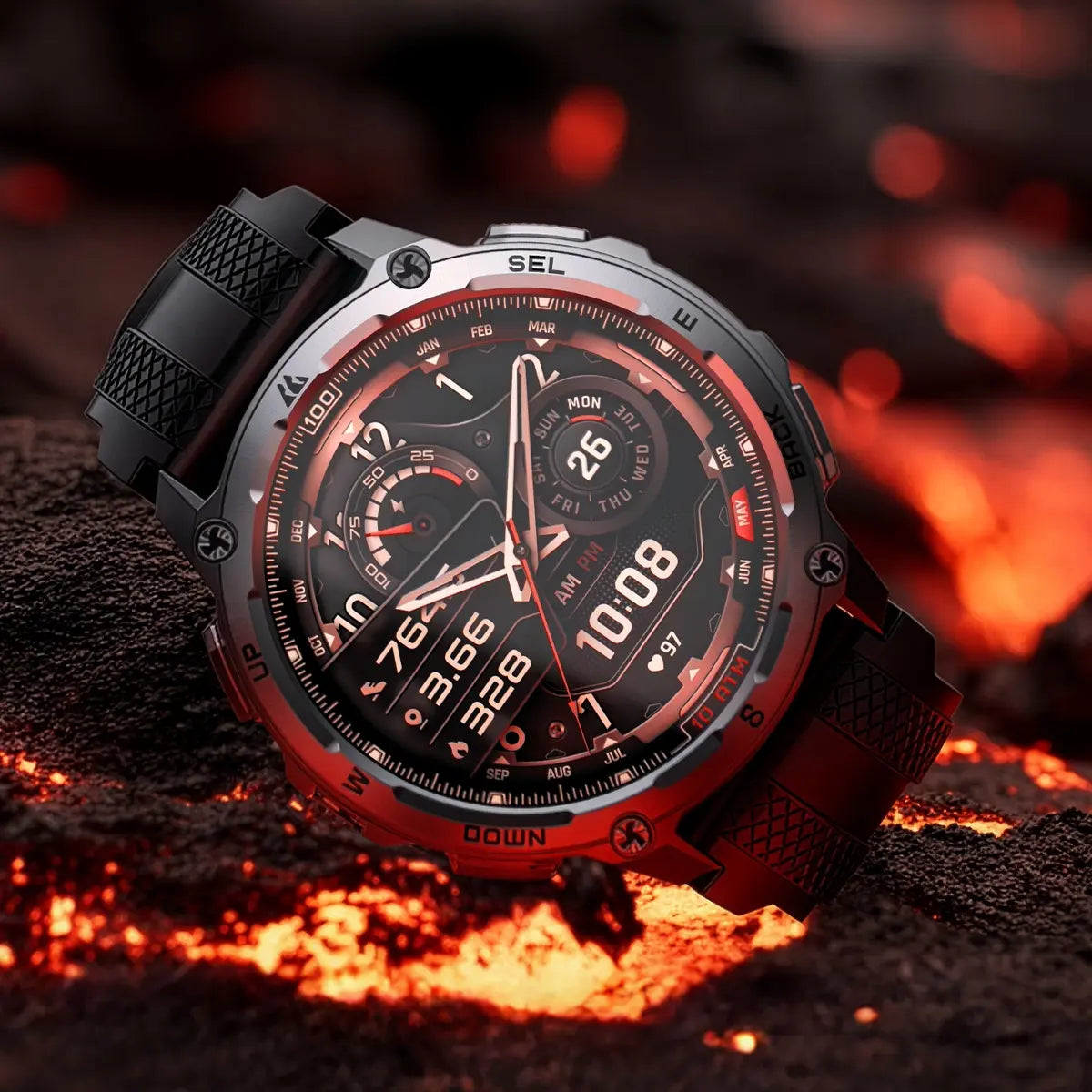
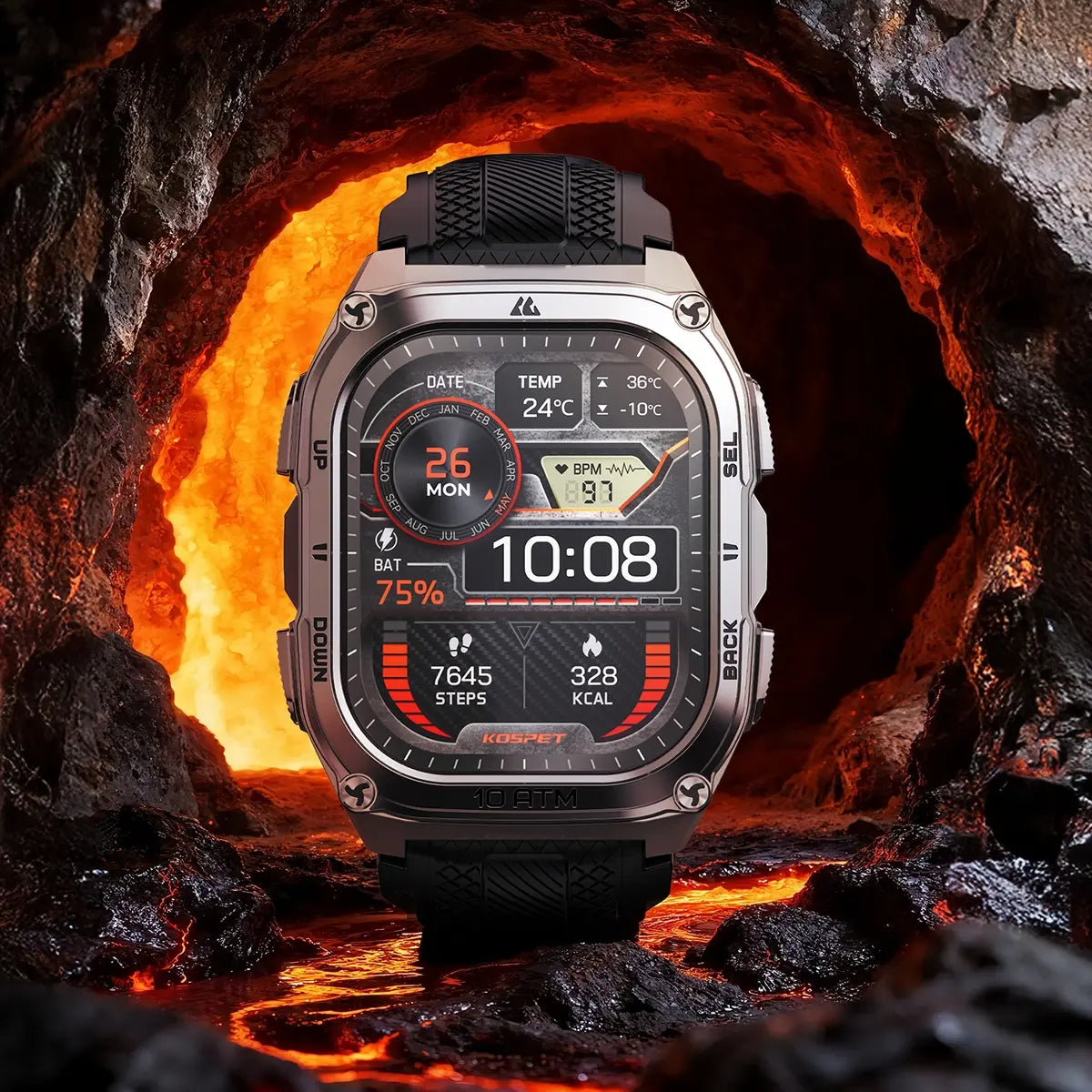
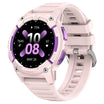
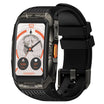
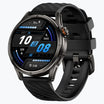
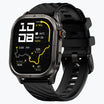

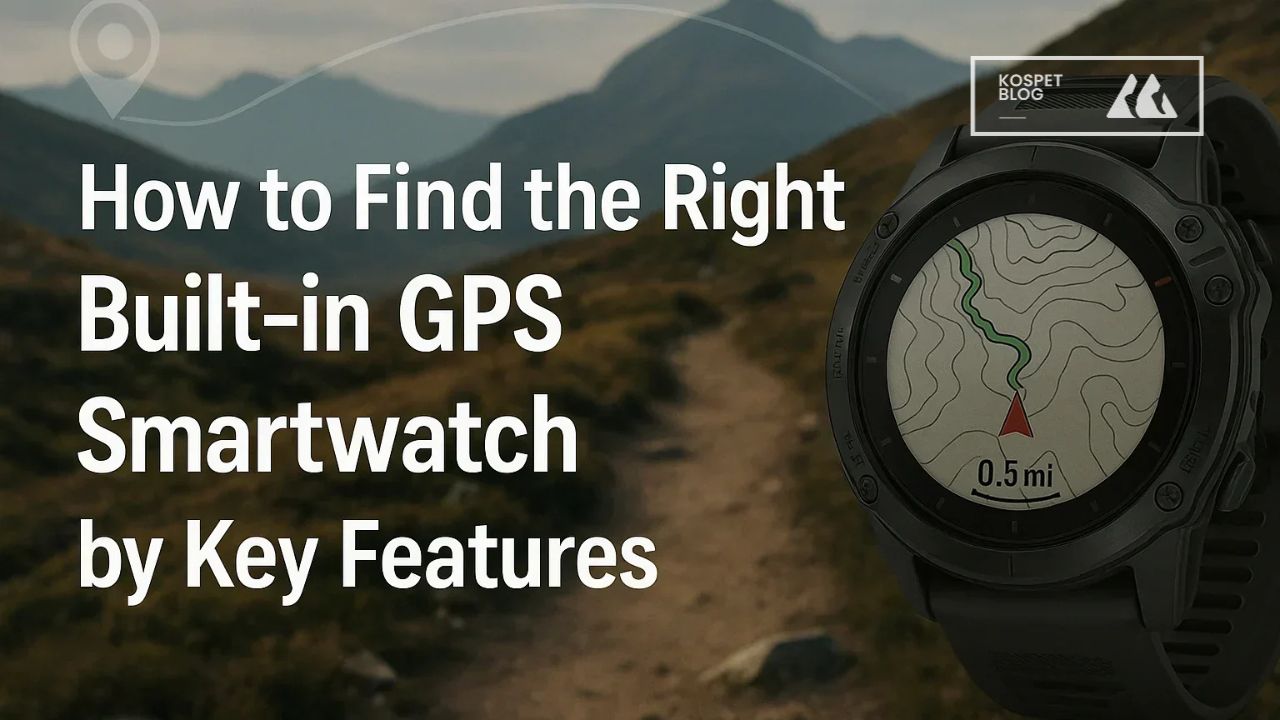





Leave a comment
All comments are moderated before being published.
This site is protected by hCaptcha and the hCaptcha Privacy Policy and Terms of Service apply.